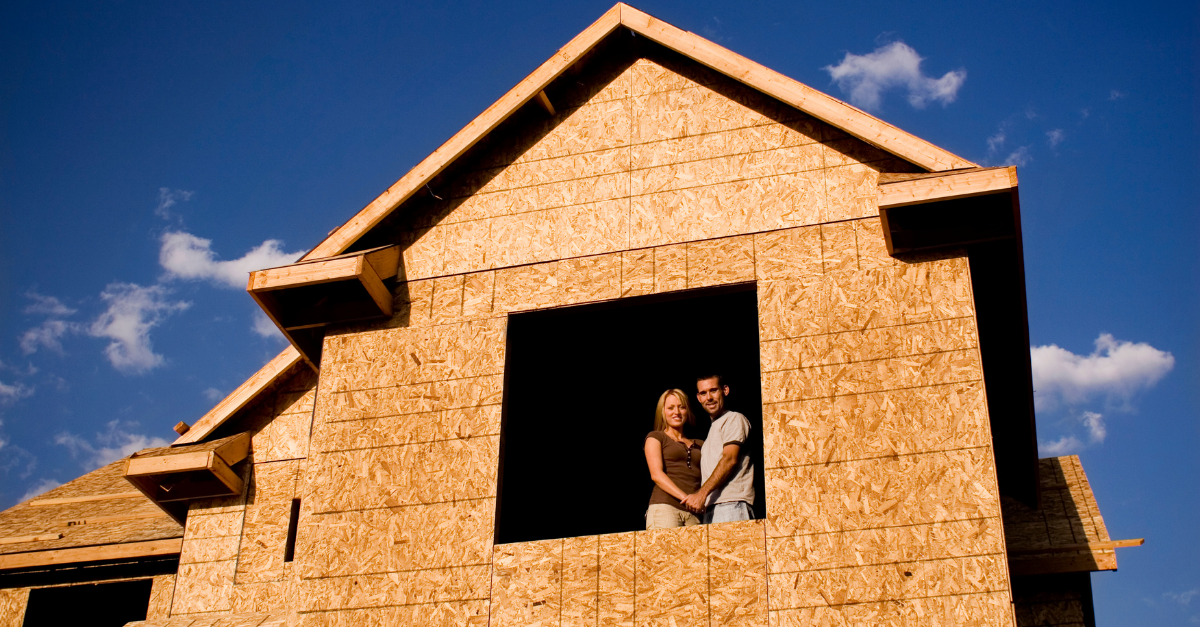In The Current Housing Market, Prospective Buyers Must Remain Patient
 The housing market has been through many ups and downs during the past 12 months. Now, buyers are facing a unique challenge as they try to find the right house in the perfect seller’s market. Right now, real estate is extremely competitive, as low inventory has continued for several months.
The housing market has been through many ups and downs during the past 12 months. Now, buyers are facing a unique challenge as they try to find the right house in the perfect seller’s market. Right now, real estate is extremely competitive, as low inventory has continued for several months.
As mortgage rates remain low, more people are looking for homes, increasing the competition. Some people are reluctant to sell because they know they will face the same challenges of trying to find a new home themselves. As a result, the housing market has record-low inventory making it difficult for buyers to find the right house in their budget.
Builders Have Not Constructed As Many New Homes
While a reluctance to sell is one reason why the housing market has become competitive, it is not the only one. There has also been a lack of new homes built during the past decade. From 2000 to 2010, builders constructed more than 12.6 million new homes, creating more inventory for those looking to buy. From 2010 to 2020, only 6.5 million new homes were constructed.
This number is significantly lower than the rate of new household formation, which has continued to go up. The result is an extremely competitive market for anyone looking to purchase a house in the current market. While builders are working hard to keep up with demand, it will take some time for them to catch up.
Buyers Must Remain Patient During This Challenge Time
Because the housing market is so competitive, many buyers find themselves facing bidding wars, where multiple buyers make offers on the same home. This drives up the sale price of the house, increasing property values in the surrounding area. This simply makes it more competitive for those still looking to buy.
Therefore, buyers need to remain patient. Low inventory will not remain at a low forever, and builders continue to construct new homes. It takes between four and eight months to build new homes, and more houses will come on the market as families consider moving in the wake of the pandemic. Patience is the key to finding the right home in the current market.

 March readings for S&P CoreLogic Case-Shiller Home Price Indices rose to their highest level since 2005 in March. National home prices rose by 13.20 percent year-over-year as compared to February’s reading of 12.00 percent growth. The Case-Shiller 20-City Home Price Index reported average year-over-year home price gains of 13.30 percent in March. Phoenix, Arizona continued to lead the 20-City Index with a year-over-year home price growth of 20 percent. San Diego, California followed with home price growth of 19.10 percent; Seattle, Washington reported year-over-year home price growth of 18.30 percent.
March readings for S&P CoreLogic Case-Shiller Home Price Indices rose to their highest level since 2005 in March. National home prices rose by 13.20 percent year-over-year as compared to February’s reading of 12.00 percent growth. The Case-Shiller 20-City Home Price Index reported average year-over-year home price gains of 13.30 percent in March. Phoenix, Arizona continued to lead the 20-City Index with a year-over-year home price growth of 20 percent. San Diego, California followed with home price growth of 19.10 percent; Seattle, Washington reported year-over-year home price growth of 18.30 percent. Last week’s economic reports included readings on home price growth, new and pending home sales, and inflation. Weekly readings on mortgage rates and jobless claims were also released.
Last week’s economic reports included readings on home price growth, new and pending home sales, and inflation. Weekly readings on mortgage rates and jobless claims were also released. A key factor that often drives the sale of new homes versus existing ones tends to be cultural. Rather than being financially-driven or associated with location factors, many homebuyers will steer clear of existing homes where someone has passed away. The primary fear tends to be concerns about a leftover spiritual residual in the home that could affect the new homeowners. Despite the abundance of TV shows about ghost-chasers and similar, the stigma of a dead person’s home has been around for centuries and is still alive and well today.
A key factor that often drives the sale of new homes versus existing ones tends to be cultural. Rather than being financially-driven or associated with location factors, many homebuyers will steer clear of existing homes where someone has passed away. The primary fear tends to be concerns about a leftover spiritual residual in the home that could affect the new homeowners. Despite the abundance of TV shows about ghost-chasers and similar, the stigma of a dead person’s home has been around for centuries and is still alive and well today.